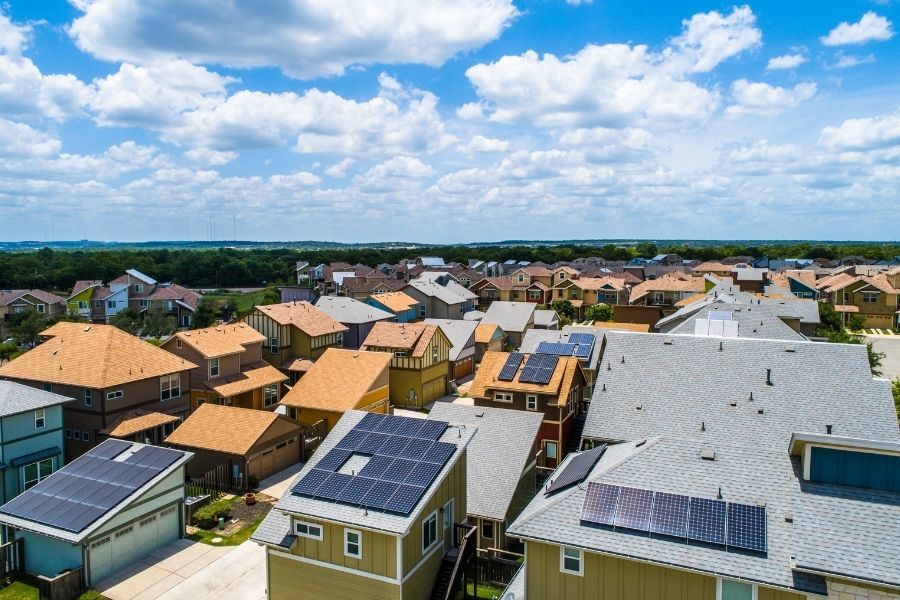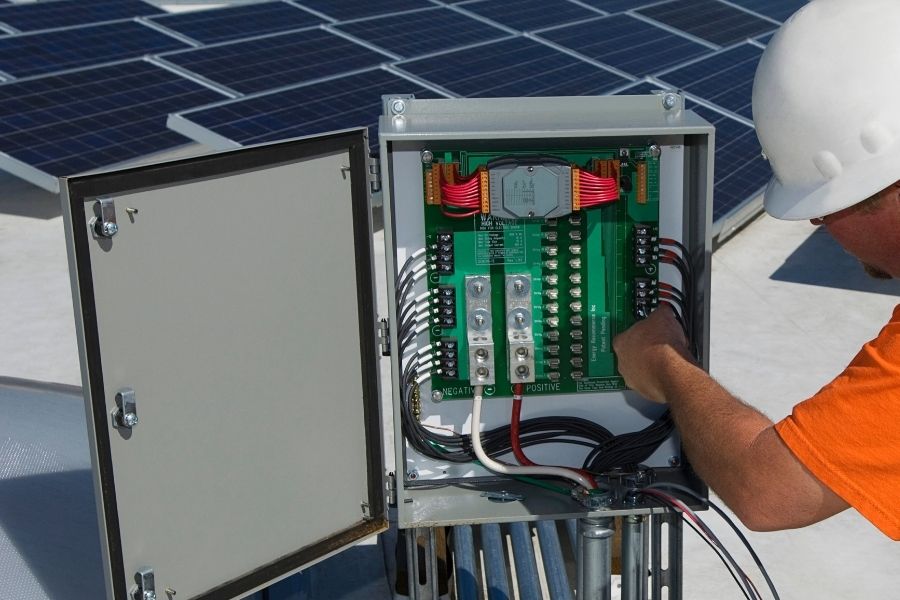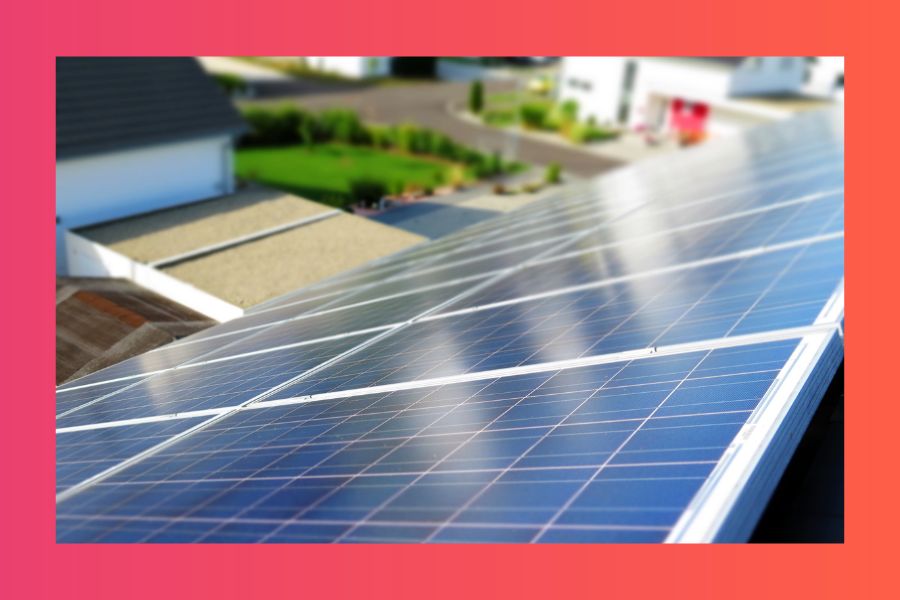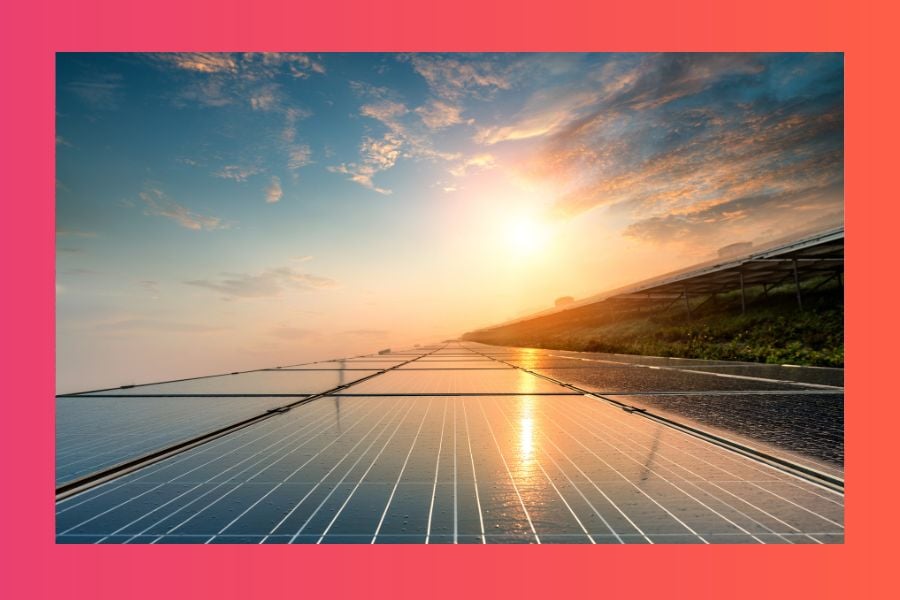What AEMO’s 30 Year Plan Means for Australian Solar Consumers
By any measure 30 years is a long time. For a quick bit of context, 30 years ago Australia had not yet hosted the Sydney Summer Olympics, the...
3 min read
![]() Solar Trust Centre Team
:
Dec 23, 2021 9:00:00 AM
Solar Trust Centre Team
:
Dec 23, 2021 9:00:00 AM

Australians are enthusiastic supporters of solar power and other renewable energy sources.
This is very visible for all to see when taking a drive through a typical Aussie suburb, with an abundance of rooftop solar systems sure to greet your eyes. But it’s also a reality that many Aussies who would like to make use of a rooftop solar system right now may not be able to.
There can be many reasons for this, such as someone saving up the funds, planning to buy a home soon, or a combination of factors. Yet ultimately it’s in the best interests of - not just any would-be solar household - but the whole community to see more uptake of clean and green energy.
So what are some challenges that are currently limiting the uptake of rooftop solar in Australia? And what smart but straightforward changes could perhaps be made to substantially increase access for all to solar energy?
Alongside the huge rise in solar capacity, the past decade has seen a couple of other key developments emerge which rapidly altered the national landscape.
The first surrounds home ownership. As many of our readers would know, the blistering growth of property prices means it's taking much longer for Aussies to save for a property, and first home buyers will often purchase a unit or apartment, in lieu of a free standing home.
Additionally, as a result of this and other factors, more Australians are of course renting and renting for longer. This means any desire to install a solar system on the rooftop of a property is not just a question of cost but also involves a need to deal with a body corporate and/or property provider (AKA landlord) while doing so.
The second major trend surrounds Covid-19. More of us are studying and working at home than ever before. The end of the pandemic will see a number of us return to these pursuits outside the home, but it’s also clear remote work will now remain in a substantial way, even if not at its current levels.
Accordingly, due to these two trends, there are many people who would like solar but are unable to acquire it directly at the moment where they live. Also, many of these people are spending more time than ever before living and working at home, and are set to continue working remotely for many years to come in their career even after the pandemic ends.
So how do these two trends inform the pathways ahead for Australian solar power?

It’s not news that many Australian communities are presently wrestling with the challenge of excess energy. This is a real challenge, and it does need to be properly managed. But at the same time, there’s no doubt Australia has the potential to be a renewable energy superpower, and - while a lot of the heavy lifting on the road to that would come from commercial-scale installations - residential solar installations could make a substantial contribution in this area. Great progress has been made in this regard, but more remains to be achieved.
The ideal approach to encouraging a universal uptake of solar would vary from one community to the next. It’s also clear residential solar is growing well already - with over 2 million Australian households now having solar installations - and this growth is set to continue in the years ahead. But just as a championship football team will always be ready to review the season and reflect on what they could do better in future even when they’ve won it all, the approaches taken by other locales across the seas could offer inspiration for Australia’s next solar chapter.
In recent years Germany has sought to incentivise rental providers to install solar panels on investment properties. Before this, many German investment property owners felt the financials didn’t make sense for installing solar. Furthermore, in this era, renters using energy from the grid were having to pay costs like surcharges and concession fees.
Under the 2017 Renewable Energy Sources Act, investment property owners were offered subsidies for providing tenants with solar electricity. In turn, tenants were offered exemptions from the aforementioned fees associated with using grid electricity when they utilised solar energy provided by the property owner.
Similarly, California has a regulation that requires any new home that’s built to be 3 storeys or less to feature a rooftop solar installation. This law was ultimately approved at the end of 2018 and took effect in January 2020. It’s been subject to some changes between its first approval and today - with certain homes able to bypass their requirement if they draw energy from solar farms - but it still represents a landmark piece of clean and green progress.

Australia is in the fortunate position of having many pathways available to it in growing its solar energy capacity and use. A key example of this is the growth of community battery initiatives. They can help manage excess energy generated by rooftop installations, and also provide solar energy to households that don’t have a rooftop system installed. But this isn’t the only option, and just as Australia had to ‘think big’ when building key national infrastructure like the Sydney Harbour Bridge and the Snowy Hydro, so too does its potential as a solar superpower require big thinking - otherwise, its full potential will ultimately go unrealised.
The differences in the approaches within Europe and the United States affirm no one size fits all. But they do offer potential pathways for Australian authorities in the years ahead if they wish to further stimulate the growth of the solar sector. Yes, pursuing such policies in Oz would doubtless require some tweaking to fit our unique economics and local dynamics. But if Australia is prepared to think big here, it can also prepare for a future where it obtains huge benefits for doing so.
Contact Solar Trust Centre today if you have any questions or want to know more about solar and renewable energy.

By any measure 30 years is a long time. For a quick bit of context, 30 years ago Australia had not yet hosted the Sydney Summer Olympics, the...

Australia is in no doubt we’re right now amidst a solar revolution. Over the past decade (or so), we’ve seen a phenomenal growth in Australia’s...